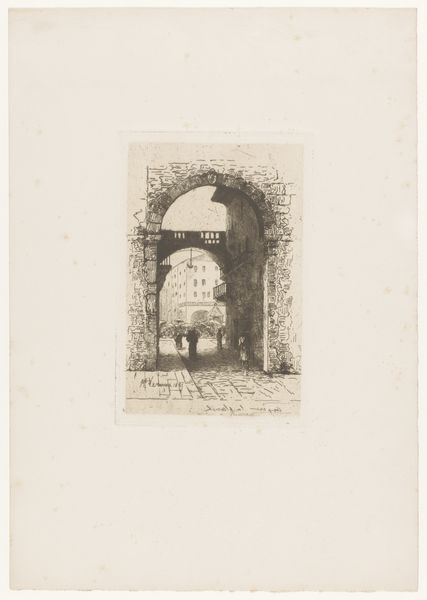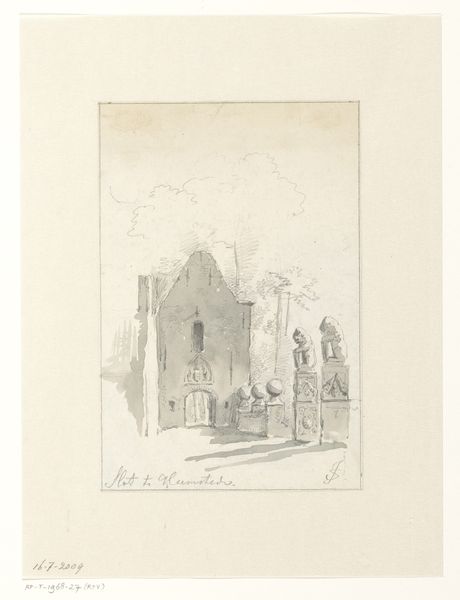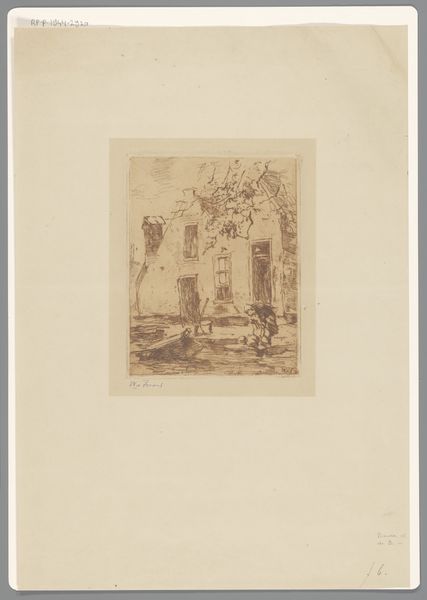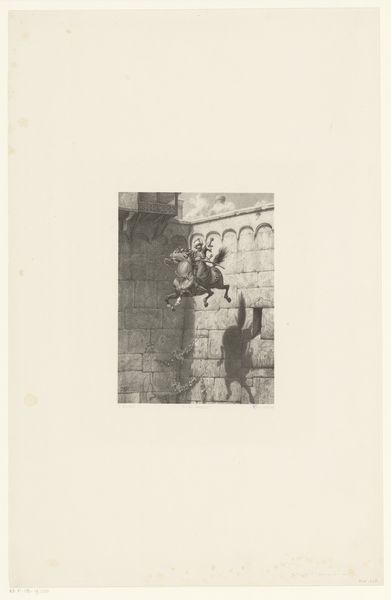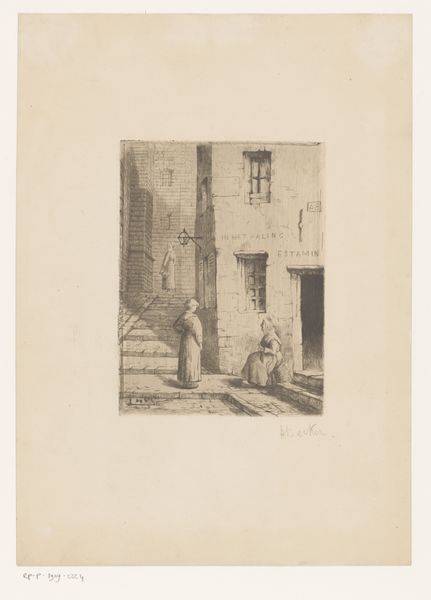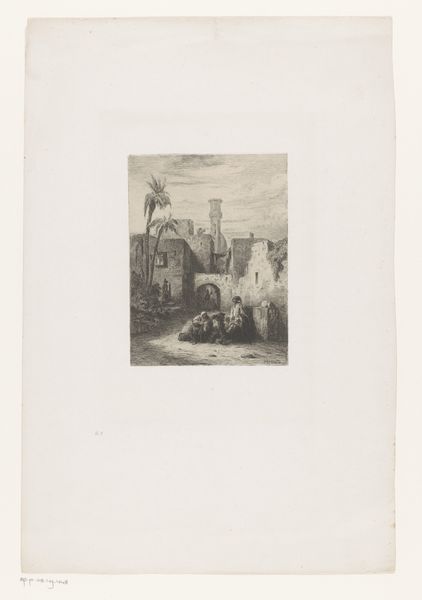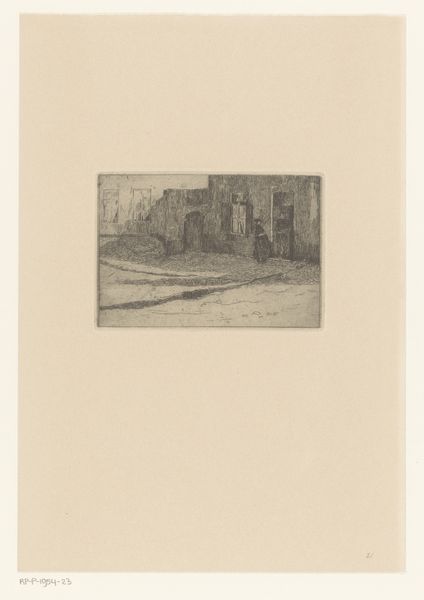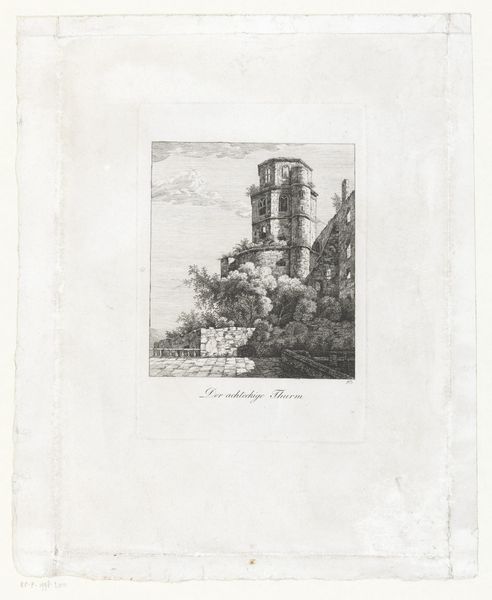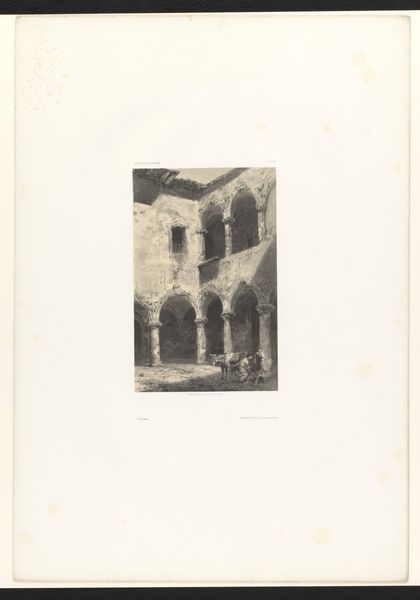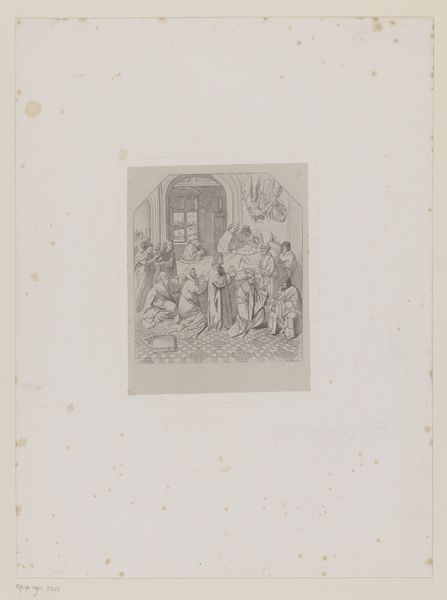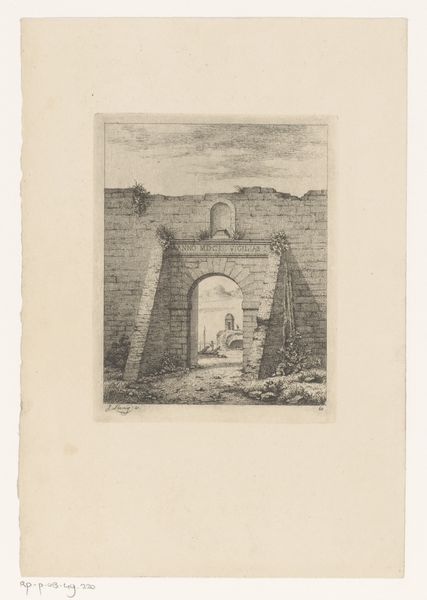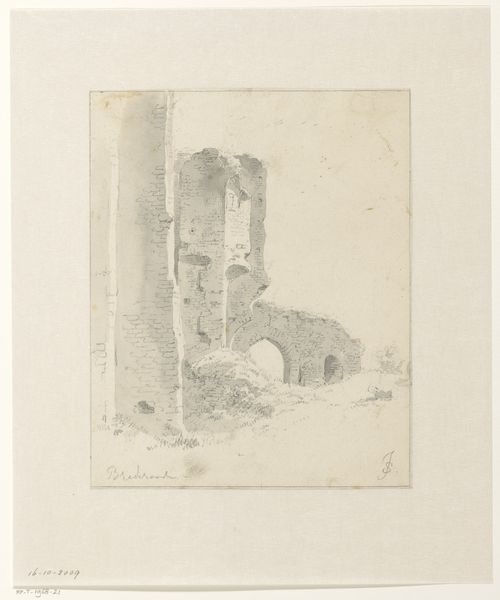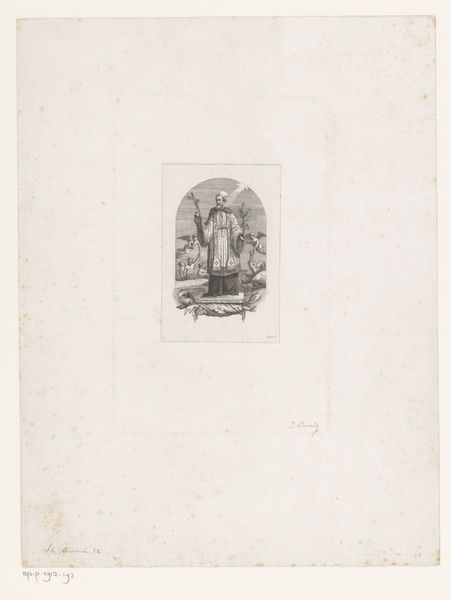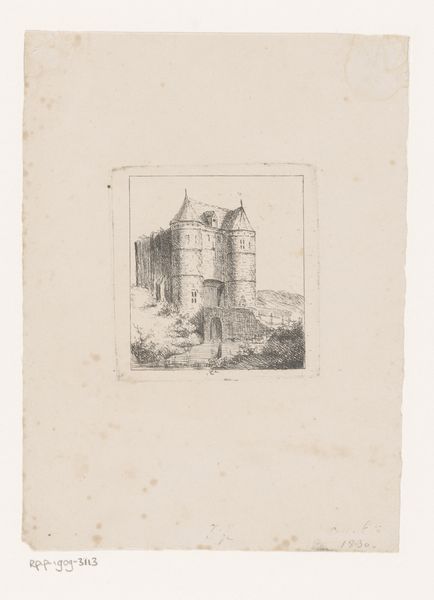
#
pencil drawn
#
aged paper
#
light pencil work
#
pencil sketch
#
old engraving style
#
personal sketchbook
#
ink colored
#
sketchbook drawing
#
pencil work
#
sketchbook art
Dimensions: height 141 mm, width 97 mm
Copyright: Rijks Museum: Open Domain
Editor: This is "De Kasba van Algiers" by Philip Zilcken, made sometime between 1890 and 1930. It looks like a pencil drawing on aged paper, and I’m struck by how still and quiet the scene feels. What can you tell me about it? Curator: Well, this image, with its light pencil work reminiscent of an old engraving, invites us to consider the historical context of Orientalism in art. Zilcken's depiction of the Kasbah, a traditional Islamic medina, comes at a time when European artists frequently exoticized and often misrepresented the cultures of North Africa and the Middle East. How does the image speak to you in terms of power dynamics? Editor: Power dynamics? I guess the perspective makes it feel like the viewer is sort of looking down at it… Curator: Precisely! Consider who this image was made for and the assumptions they might bring to it. The details Zilcken chooses to emphasize – the aged quality, the seemingly 'simple' architecture – do they invite genuine cultural understanding or perpetuate a sense of otherness? Editor: I hadn't thought about it that way. It makes me wonder about his intentions… like was he consciously participating in that exoticizing gaze, or trying to do something different? Curator: Exactly the right question. Understanding the context allows us to critically examine Zilcken’s choices and the historical forces that shaped his vision. Do you feel that an artwork of this period can genuinely offer cross-cultural understanding, or is it inherently limited by the colonial gaze? Editor: It's complicated. I can see now how just looking at it as a pretty drawing isn't enough. You have to think about who made it, when, and why. Thanks, that gives me a lot to consider. Curator: It challenges us to engage with the artwork and question those biases that may impact our viewing of the art and its creator. Thank you, this has given me much to reflect upon, too.
Comments
No comments
Be the first to comment and join the conversation on the ultimate creative platform.
